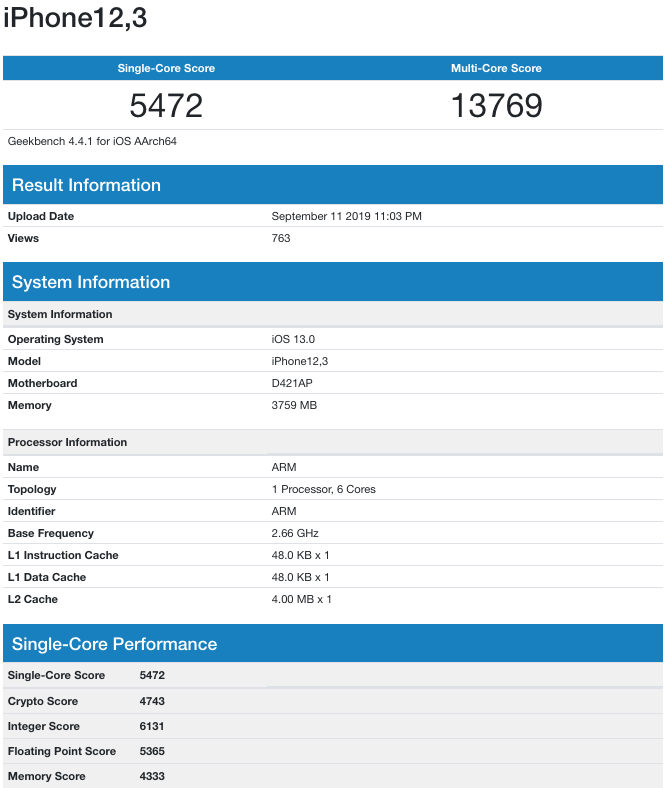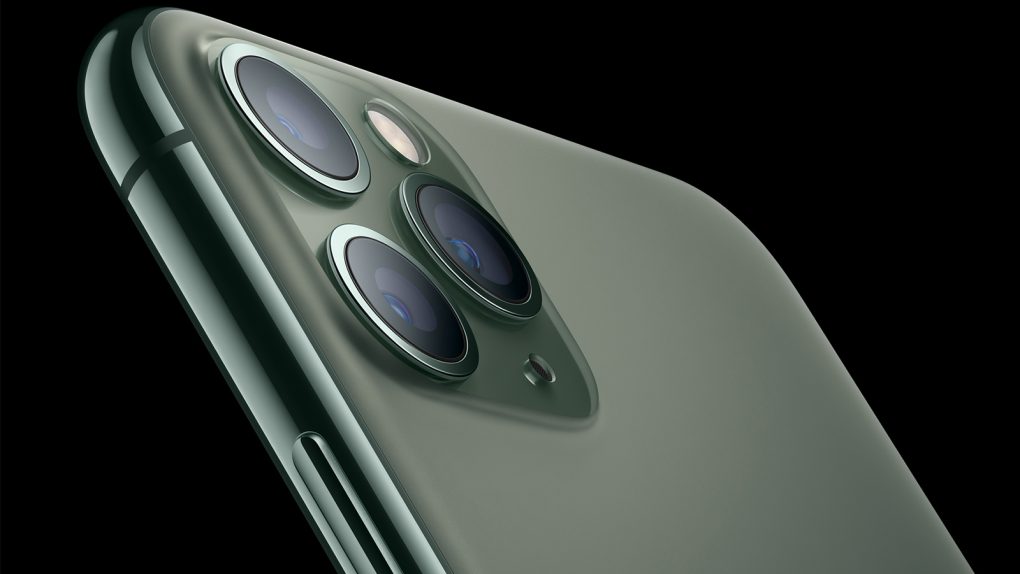Apple’s new iPhone 11, iPhone 11 Pro, and iPhone 11 Pro Max will finally be released tomorrow after months and months of leaks. When the next-generation iPhones finally do start hitting mailboxes and store shelves around the country and around the world on Friday, there are three main things people will be talking about. First, a relatively small number of very loud people on social media will whine incessantly about the new square camera bump on the back of Apple’s iPhone 11 models. These complaints are quite frankly stupid, and we already explained why in some earlier coverage. Don’t worry, you can just ignore the whiners and they’ll be gone before you know it.
The other two things people will be talking about non-stop come Friday are positives. First, social media platforms like Facebook, Instagram, and Twitter will be flooded with photos shot using the new Night mode feature on the iPhone 11, iPhone 11 Pro, and iPhone 11 Pro Max. Night mode is Apple’s answer to “Night Sight” on Google’s Pixel phones. It’s a nifty camera feature that uses AI to instantly stitch together multiple photos at different exposures. The result is low-light photography that is shockingly bright and clear, and we already showed you some mind-blowing examples.
Battery life is the last thing people will be talking about since Apple gave all three of its new iPhone 11 models a huge boost in that department. But there’s something else lurking inside the iPhone 11, 11 Pro, and 11 Pro Max that won’t get quite as much attention, and yet it’s as impressive or perhaps even more impressive than anything else we’ve discussed so far.
Apple gets into some nitty-gritty details when it unveils new iPhone models, but there are some things the company’s executives never discuss on stage during events. Somewhere near the top of that list are key specs such as processor clock speeds, battery capacity, and RAM. Those last two items are of particular interest, and they were both revealed in listings that were made public on the TENAA website earlier this week. TENAA, for those unaware, is a Chinese regulatory agency with functions that are similar to the FCC here in the United States. Here’s what we learned:
- iPhone 11: 3,110 mAh battery, 4GB RAM
- iPhone 11 Pro: 3,046 mAh battery, 4GB RAM
- iPhone 11 Pro Max: 3,969 mAh battery, 4GB RAM
Those battery capacities each represent upgrades from last year’s iPhones, which featured a 2,942 mAh battery (iPhone XR), a 2,658 mAh battery (iPhone XS), and a 3,174 mAh battery (iPhone XS Max). Where RAM is concerned, however, only the entry-level iPhone gets a boost from 3GB in the iPhone XR to 4GB in the iPhone 11.
Even without gobs of RAM, however, Apple still manages to squeeze performance out of its new iPhones that is off the charts. Here’s are Geekbench benchmark performance test scores from the iPhone 11 Pro that we shared earlier:

For comparison, let’s look at top Android flagship phones from 2019. The OnePlus 7 Pro and the new Samsung Galaxy Note 10+ are widely regarded as the most powerful Android phones out there. They both feature cutting-edge specs that include a whopping 12GB of RAM, which is a whopping three times as much RAM as you’ll find in the iPhone 11, iPhone 11 Pro, and iPhone 11 Pro Max. Yet both of those Android flagships only manage single-core scores in the 3,000-range and multi-core scores in the low 11,000-range on Geekbench. Long story short, what Apple has achieved is once again this year with the iPhone 11 series and A13 Bionic chipset is nothing short of incredible.








